Wooden loo seats: Why they're more desirable than their plastic counterparts and how to get your hands on one
No downstairs cloakroom is complete without a wooden loo seat. Jane Wheatley investigates why burr walnut is always preferable to plastic when it comes to sitting pretty.


It’s undeniable that a glorious throne with a welcoming wooden seat makes us sigh with pleasure,’ writes Lady Lucinda Lambton in her classic book Temples of Convenience, which explores the development of the lavatory from the reredorter positioned over a hole in a castle wall to today’s Philippe Starck-style, wall-hung pan with self-closing lid.

Here are beautiful mahogany commodes or ‘closed stools’ by Hepplewhite or Chippendale concealing chamber pots, ornate porcelain pedestals decorated with spouting dolphins or trumpet-blowing cherubs and the thunderbox – a water closet in polished-wood panelling, with a brass handle set into the side to operate the valve flush. Jonathan Swift built his own: ‘Two temples of magnifick size.’ There is the chaise percée – a chair with a hole in the seat – and thrones, huge to accommodate crinolines, with sides and lids in canework.
'A commission from two elderly spinsters who lived together specified an inscription on the underside of the ring: "Hurrah, there’s a man in the house"'
Whatever the age or style or the standing of its owner – from the humble two-seater privy at the end of a cottage garden to the ‘Optimus’ closet in the peeresses’ retiring room at the House of Lords – a lavatory could be relied upon to afford the descending bottom the comfort of landing on a warm seat made of wood.
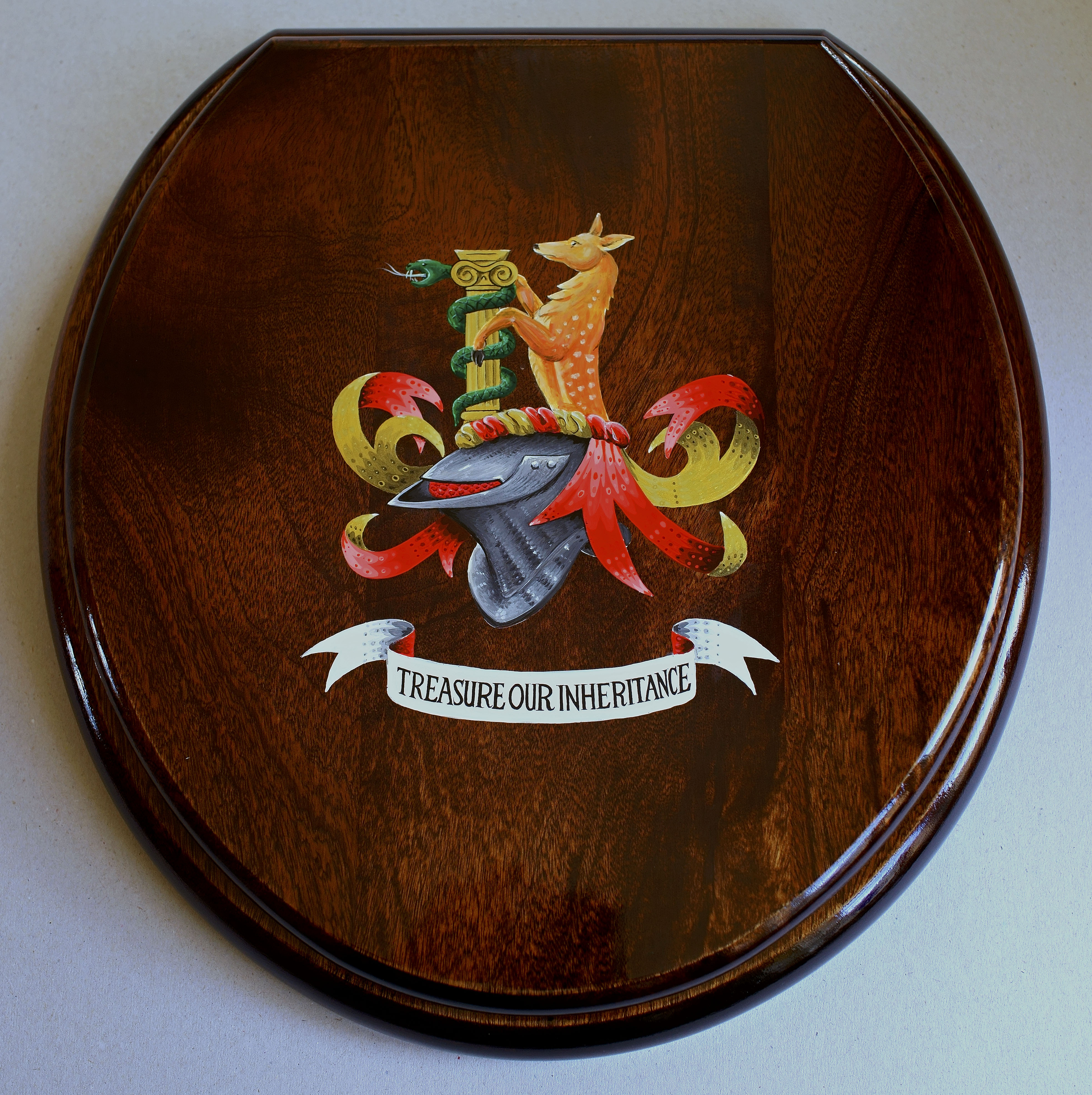
That is, until the mid 20th century, when materials such as plastic and acrylic were quickly embraced by bathroom suppliers everywhere. By the 1970s, according to Lady Lambton, ‘lavatory and bathroom design were bereft of all interest and charm’.
Back then, James Williams was painting pub signs in London when his business partner announced he had a fancy for a wooden loo seat in his flat. Astonishingly, there seemed to be nothing on the market. ‘Eventually, we found a Lancashire mill still making wooden seats for council-owned properties, such as back to backs,’ recalls Mr Williams. ‘We bought a few blanks and put an ad in The Times offering seats with designs painted on the lids.’
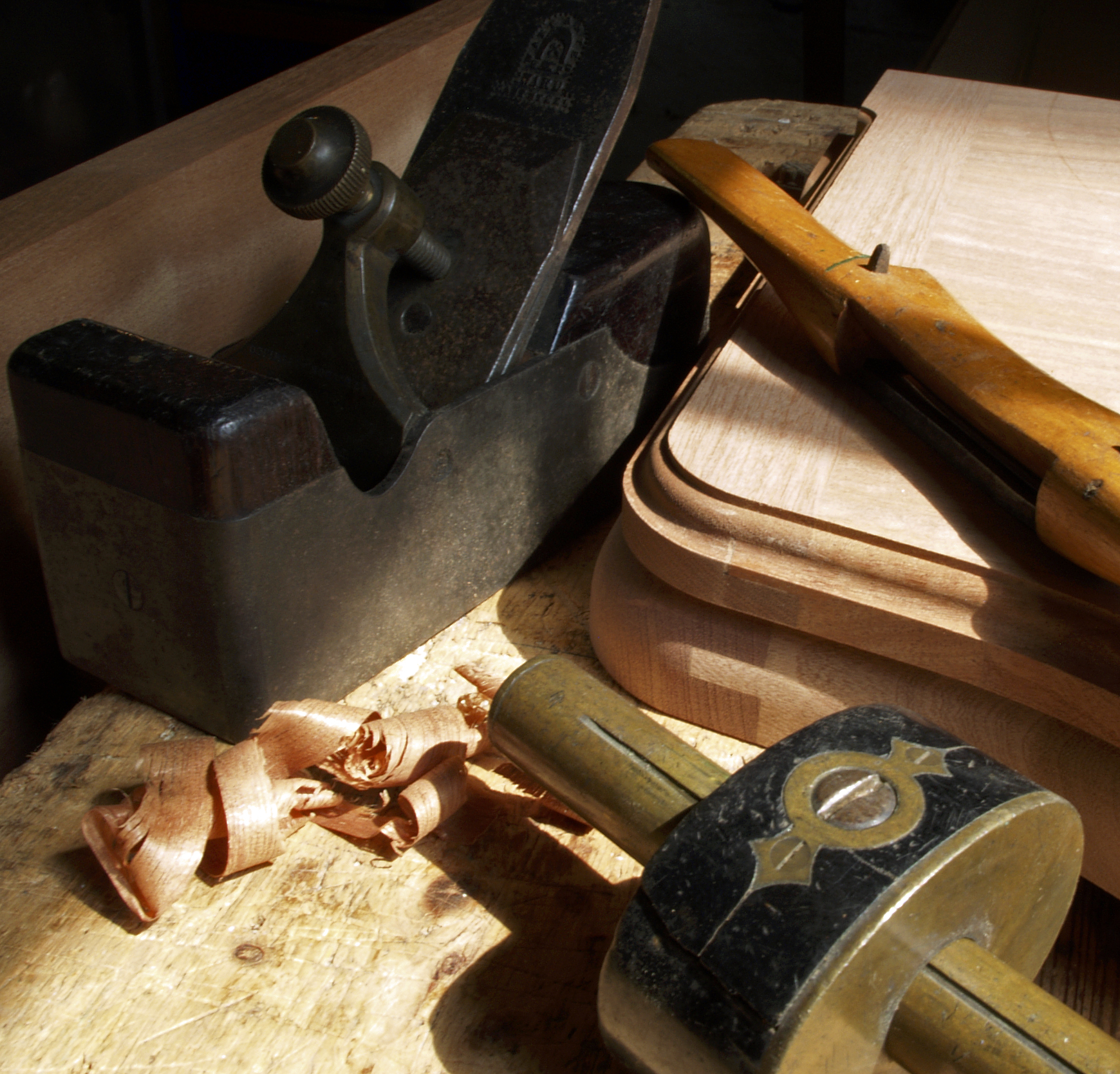
They were swamped with orders and soon opened a shop on Fulham’s Dawes Road called Sitting Pretty. The business thrived for several years until Mr Williams was called home to Aston Rowant in Oxfordshire to run the family farm, where he set up Tosca & Willoughby (www.looseats.com), purveyors of high-end seats to architects, interior designers and private clients.
‘Our seats are expensive, but they will last forever,’ he declares, ushering me into a workshop smelling of fresh timber and varnish. His right-hand man, carpenter Andy Nunn, is bent over a work bench chiselling a rebate into wood ready to fit a hinge. ‘We use the traditional bar hinge that’s made of solid brass, often plated in nickel or chrome, and needs less polishing,’ explains Mr Williams. ‘One client ordered six, all with silver-plated hinges.’
Exquisite houses, the beauty of Nature, and how to get the most from your life, straight to your inbox.
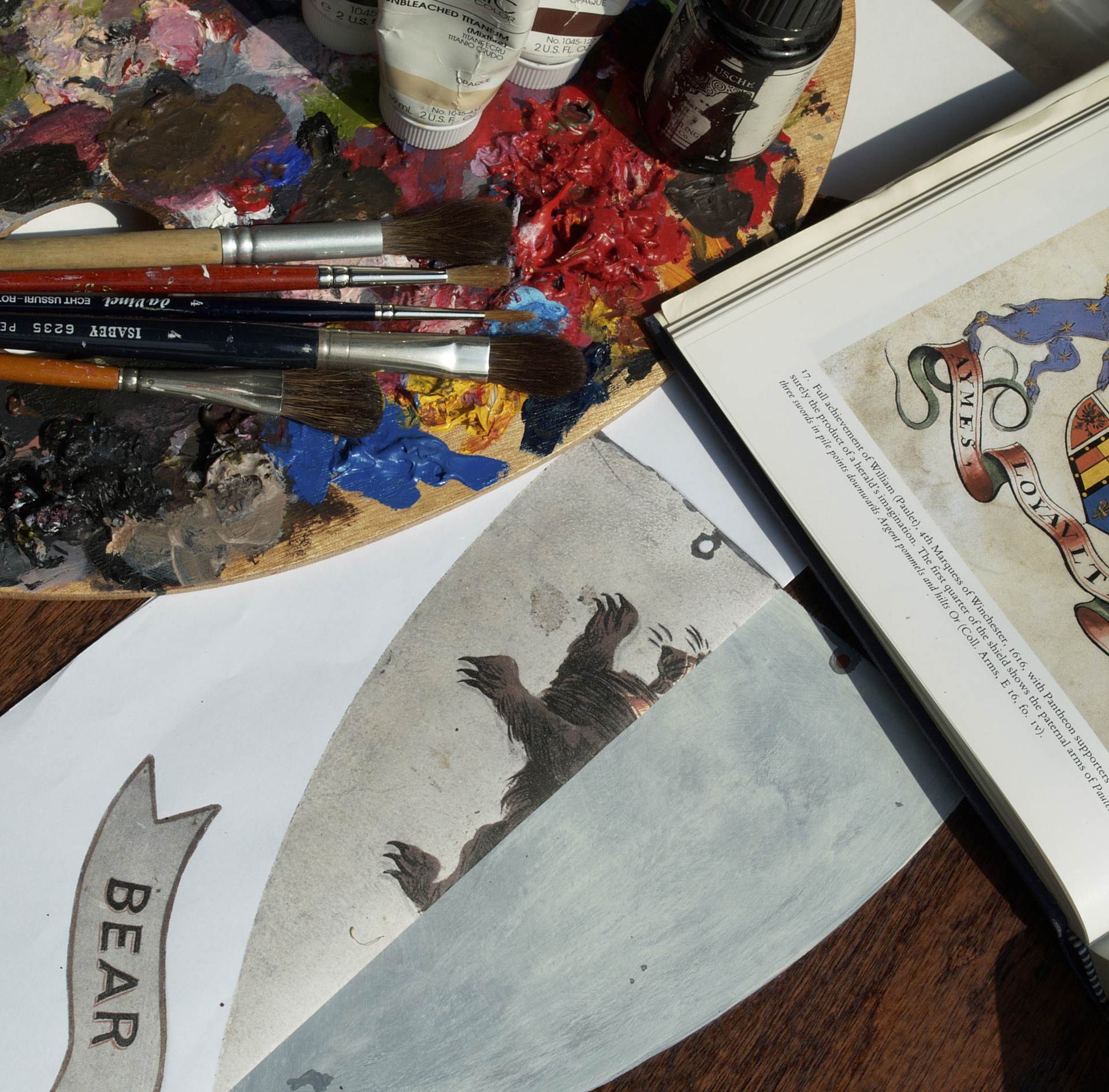
Ranged along a central bench are seats destined for the American market, each fitted with a small brass handle to enable the ‘ring’ to be lifted without touching it – a nod to American fastidiousness. ‘We’ve put several into swanky New York and Long Island houses,’ reveals Mr Williams, ‘sometimes with a veneer of wenge, a very beautiful wood.’
Seats sprayed gold, too? ‘Oh, we’ve done those, but in 24-carat gold leaf! They went to Lagos in Nigeria.’
He opens a door into what looks like a cheese-maturing room to reveal shelves lined with rings and lids, drying out after staining. ‘The next stage is grain filler, sanding and two coats of lacquer, all done by hand.’

His painted lids are usually thunderbox style, made from several pieces of wood, whereas a ring is cut from a single tree trunk. Some are commissioned as wedding presents, some as gifts to royalty – The Prince of Wales and the Prince of Bismarck are among the recipients – and some for rock royalty – Charlie Watts and George Harrison were early purchasers.
One client asked for a family tree with leaves and acorns depicting his children and grandchildren. ‘I sneaked in some tiny birds to represent his ex-wives,’ smiles Mr Williams. A commission from two elderly spinsters who lived together specified an inscription on the underside of the ring: ‘Hurrah, there’s a man in the house.’
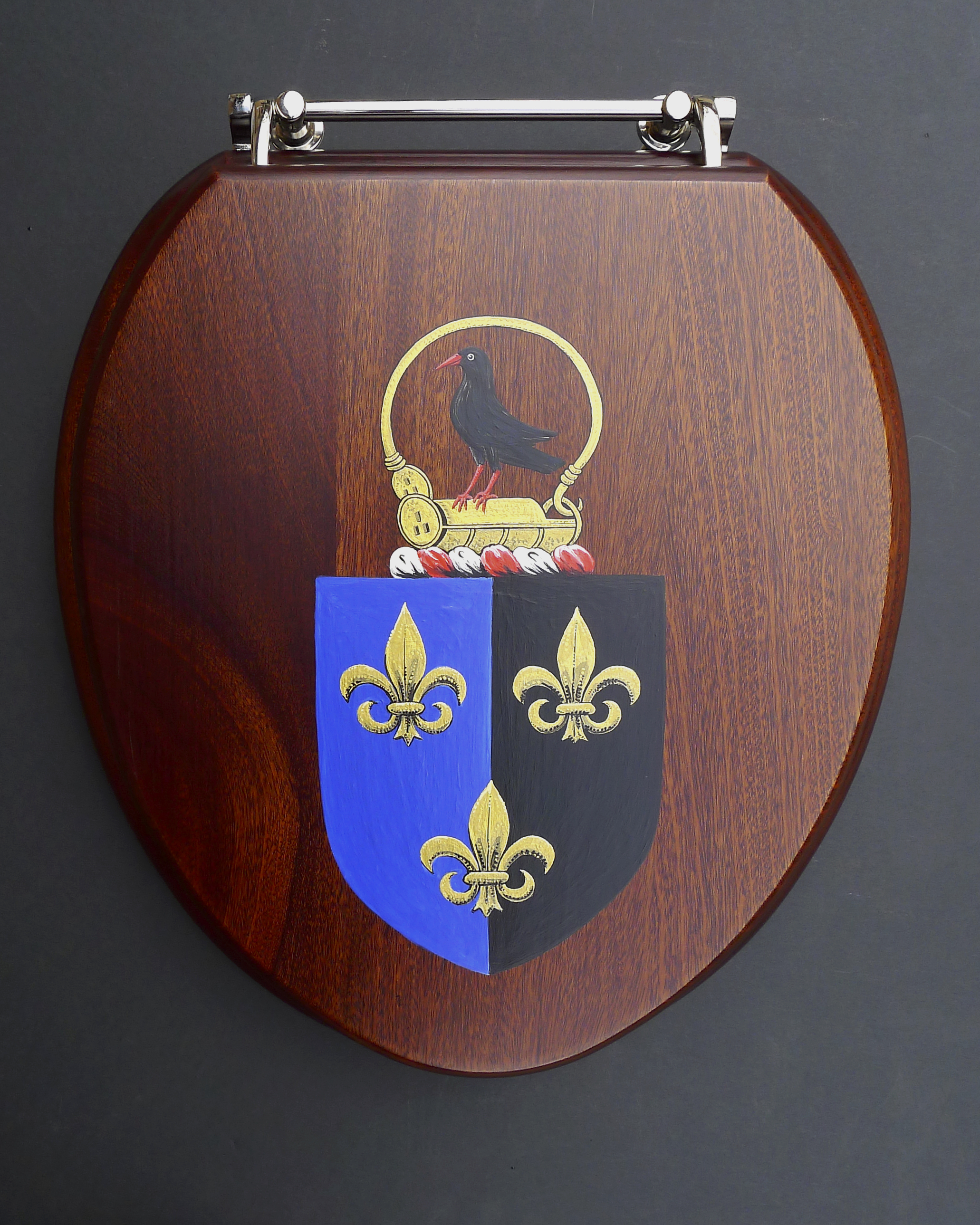
The downstairs loo seat in Lucy Brittain’s childhood home was painted with her family crest and she now has a replica of her own. ‘It turned our house into a family home,’ she says. ‘It sits on a great big Thomas Crapper loo under an old-fashioned, wall-hung cistern and the children love it because, when you pull the chain, there’s a thunderous waterfall.’
Her husband was so jealous that she commissioned another seat depicting his family crest. ‘It’s not attractive at all – a dead wild boar with its tongue sticking out – but it’s in his favourite bathroom, where he keeps his books,’ she confesses. He then ordered another for her birthday, decorated with rhododendrons in honour of her great-great-grandfather James Hooker, who brought the first specimens back from the Himalayas. ‘Now, we have wooden seats on every loo,’ Mrs Brittain laughs.
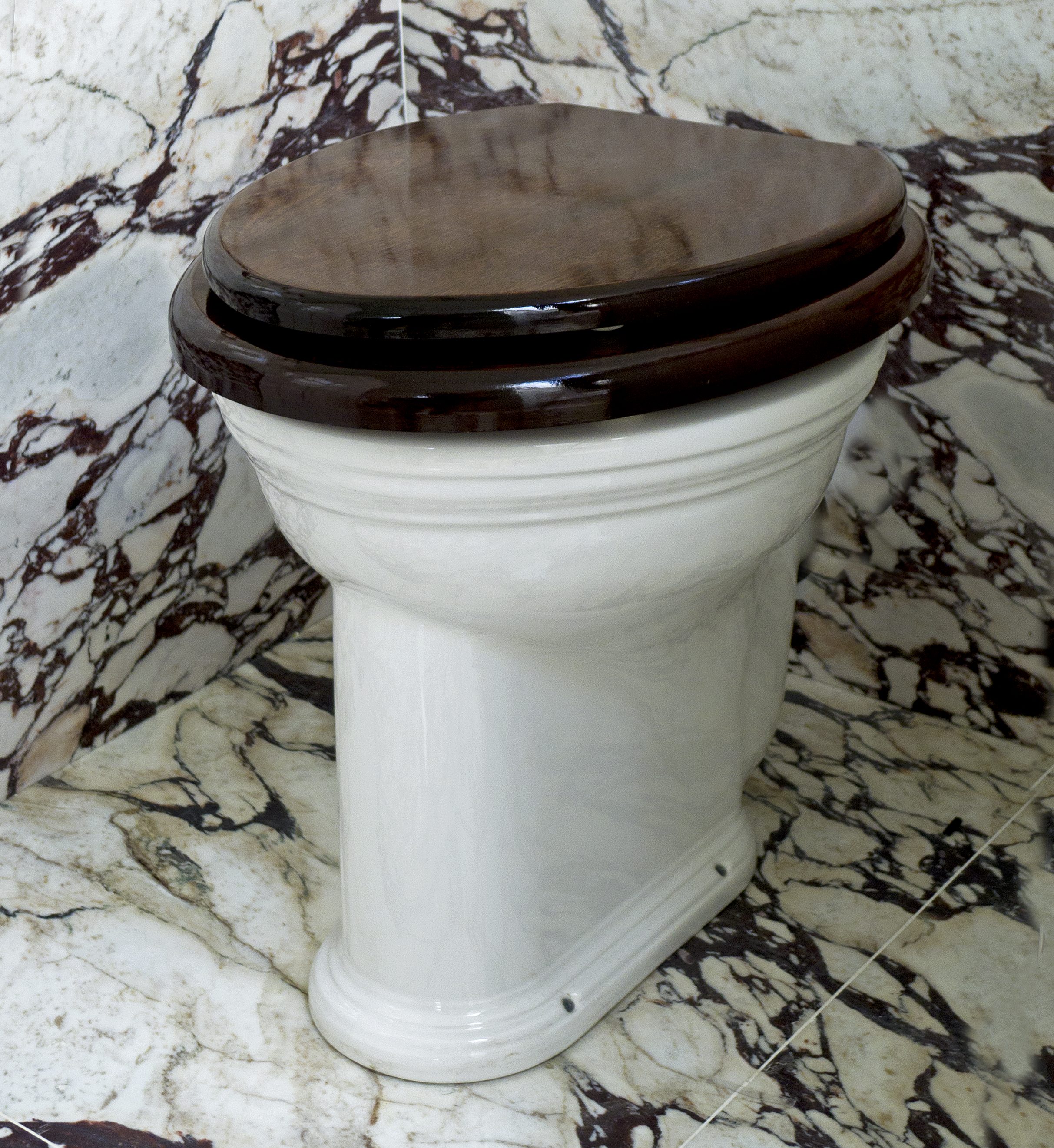
Instead of being consigned to history with an undeserved reputation as being unsanitary, the wooden loo seat is enjoying a renaissance. ‘They are a great deal more comfortable,’ asserts Willa Elphinstone of Drumkilbo Designs, who gave one to her first husband, the late Lord Elphinstone, as an engagement present. ‘I love James’s seats in burr walnut varnished to a high shine, like a Rolls-Royce dashboard. A wooden seat is friendlier, I always think.’
Interior designer Emma Sims-Hilditch agrees: ‘It’s the sound and heft and the luxury feel of them.’ One client had always dreamed of having an archetypal gent’s loo next to the gun room. ‘He wanted it to look as if it had always been there, so our cabinet maker hammered it about a bit to age it.’

Mrs Sims-Hilditch is firmly of the opinion that wooden loo seats belong only in the downstairs cloakroom – ‘upstairs should be white’ – although fellow designer Serena Williams-Ellis likes limed oak, which she describes as ‘very pretty’, adding that the latest trend is for wooden seats painted in strong colours, such as navy, bright orange, emerald green or claret. ‘Colour in the bathroom generally is coming back – everything we’ve been chucking out since the 1970s, although we won’t be seeing a return of the avocado suite,’ she confirms.

Credit: Rose Uniacke
The luxury of an armchair which one wishes to sink into and never escape
The activity of sitting has been much-maligned, but now receives an elegant makeover in the form of a moss green
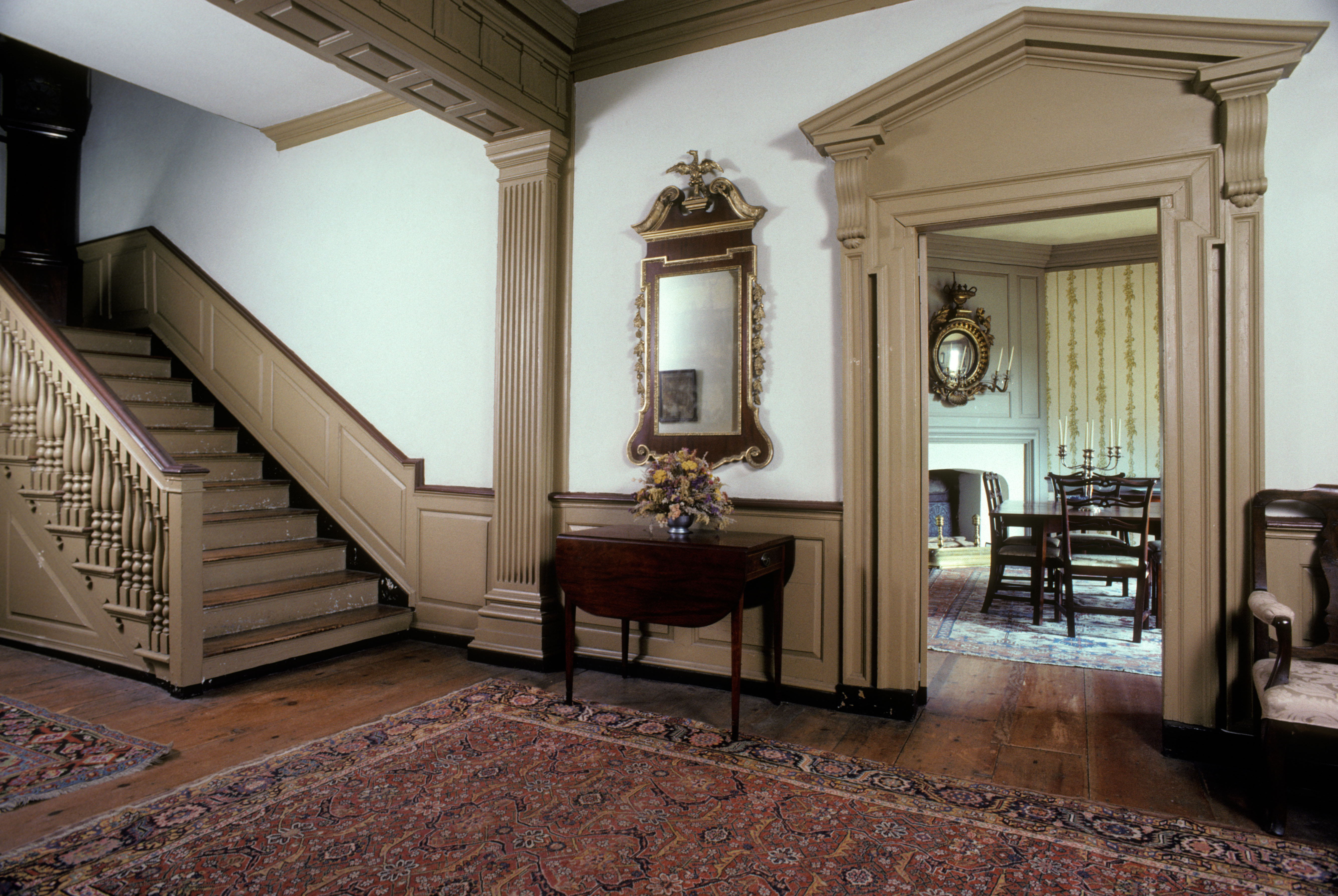
Credit: Alamy
Expert tips for caring for antique Oriental rugs
Roger Rose of James Barclay, the rug cleaning and repair service, offers advice on caring for antique Oriental rugs.
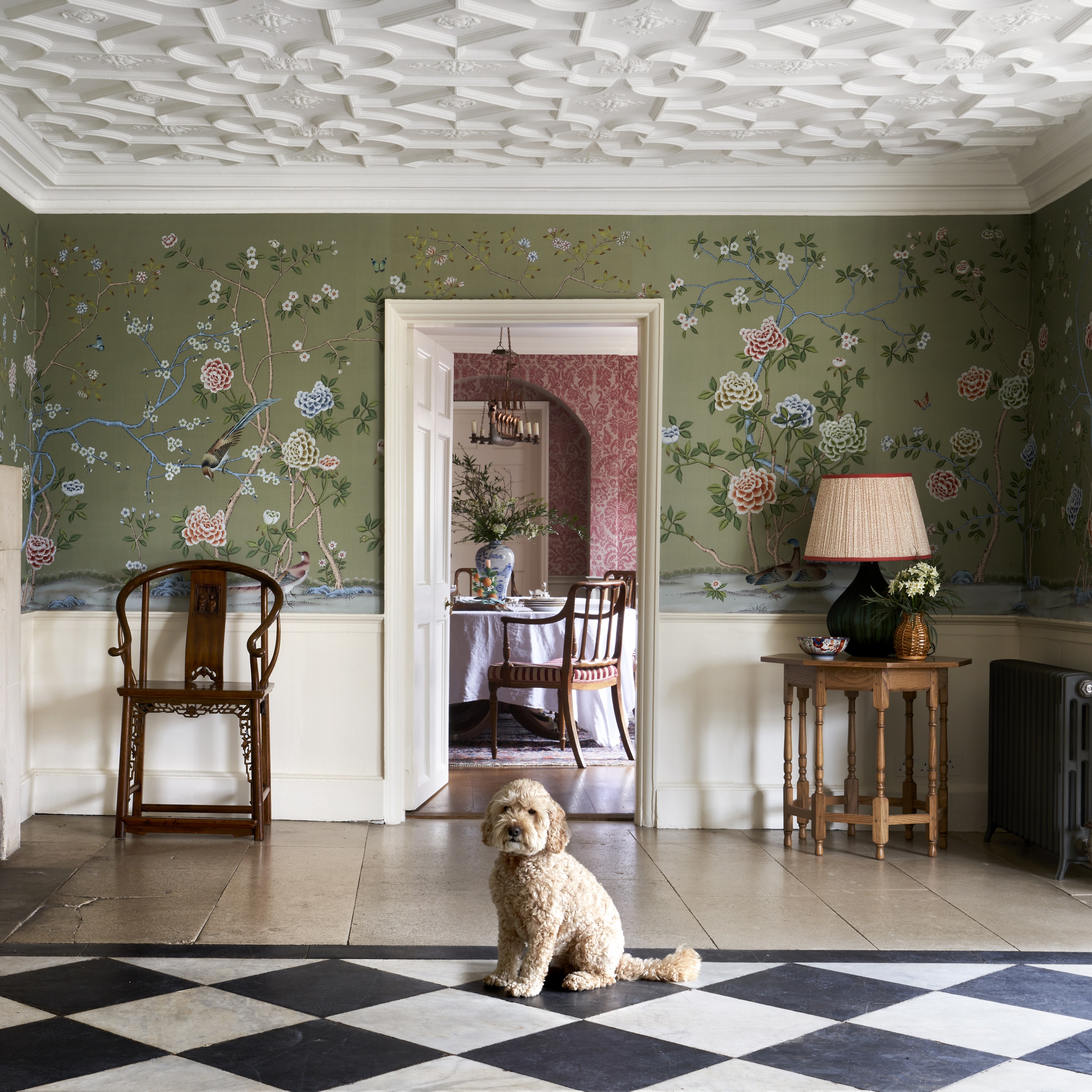
The Country Life Top 100 architects, interior designers, craftsmen, builders and garden designers in Britain
It's now six years since the original Country Life Top 100 was published, but the aim hasn't changed: we name
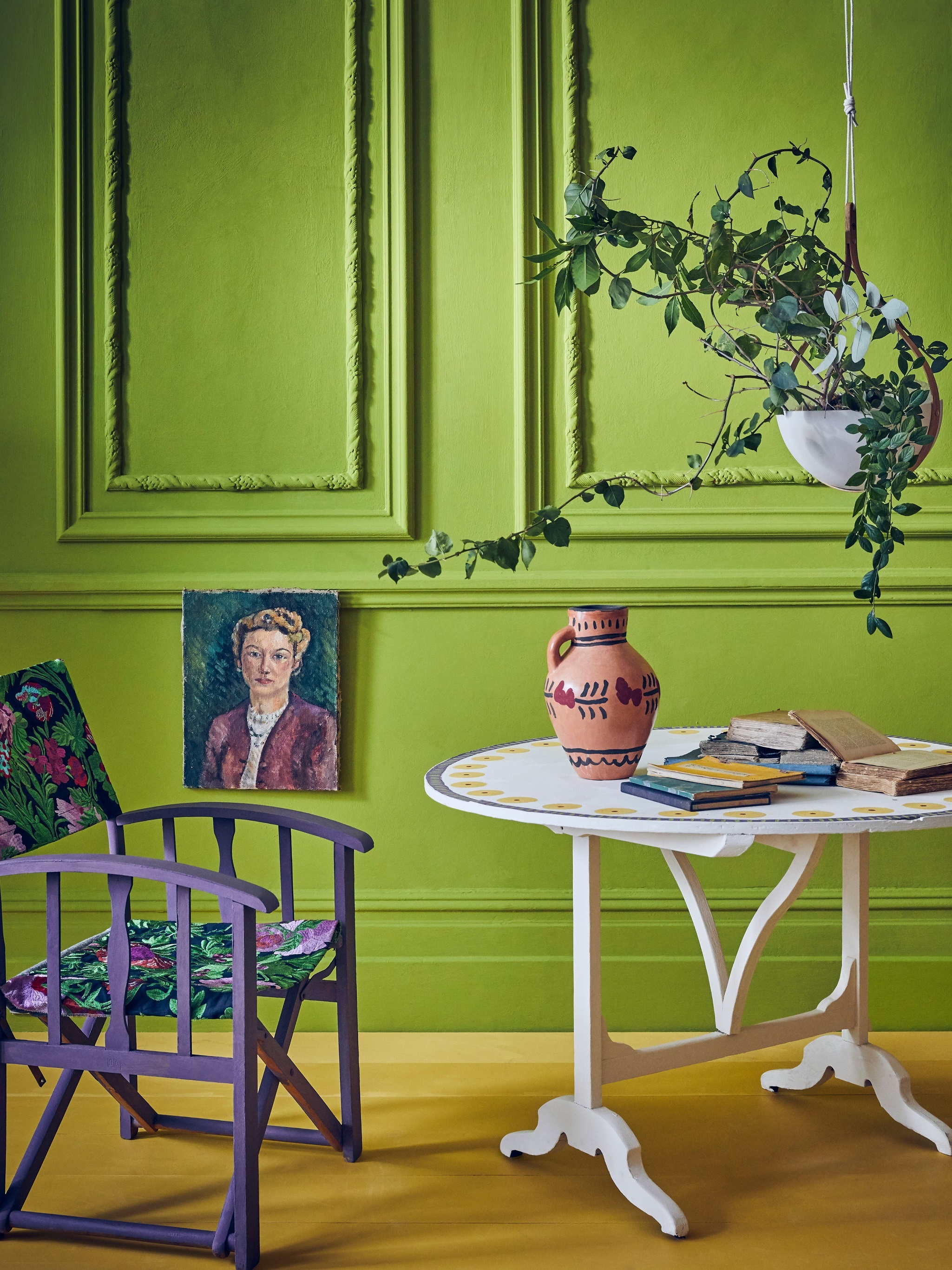
Credit: Annie Sloan
Three brand new paints, inspired by the wartime country retreat of the Bloomsbury Group
Charleston inspired the likes of Bell, Grant and Keynes to produce the works that made them famous. It has since
Country Life is unlike any other magazine: the only glossy weekly on the newsstand and the only magazine that has been guest-edited by His Majesty The King not once, but twice. It is a celebration of modern rural life and all its diverse joys and pleasures — that was first published in Queen Victoria's Diamond Jubilee year. Our eclectic mixture of witty and informative content — from the most up-to-date property news and commentary and a coveted glimpse inside some of the UK's best houses and gardens, to gardening, the arts and interior design, written by experts in their field — still cannot be found in print or online, anywhere else.
